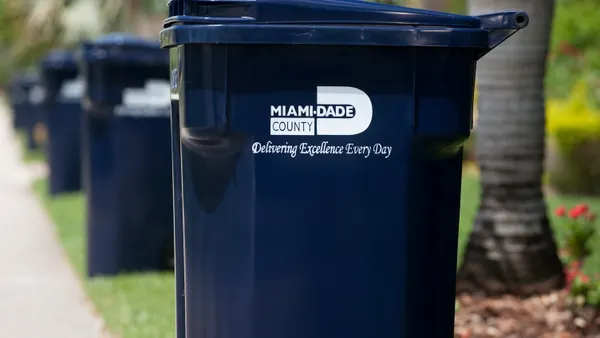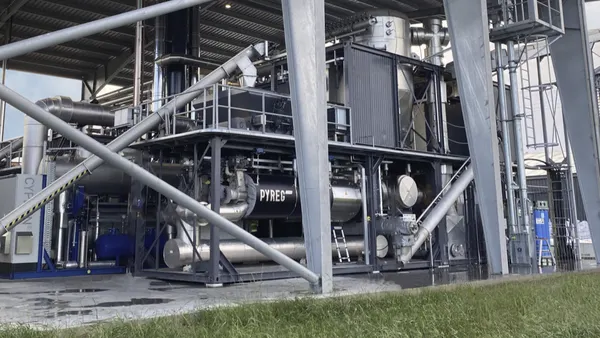Dive Brief:
- New York City officials have unveiled a plan to expand the city's food waste-to-energy pilot program in the fall of 2014.
- The food-to-waste process involves transforming discarded organic waste into ‘pipeline quality’ natural gas. The gas is converted for consumer use by National Grid, a New York utility services company.
- The city’s current pilot program processes between 1.5 to 2 tons of leftover food waste every day. The expanded program would bring the amount of daily organic waste up to 50 tons per day.
Dive Insight:
The food-to-energy waste will be processed at Newtown Creek Wastewater Treatment Plant in Brooklyn, New York. The food waste will be mixed with sludge from which the facility will create energy. Currently, the plant uses 40% of the gas created to power the facility itself, while the remaining 60% is burned off. Under the new program, the facility hopes to use more of the gas.
The city hopes to eventually ramp up production and convert 250 tons of food waste on a daily basis. According to Anthony Fiore, director of the NYC Department of Environmental Protection’s Office of Energy, the facility has the potential to eventually process 500 tons of the city’s food waste.
In 2013, the food waste pilot program plan covered certain communities in the Bronx, Brooklyn, and Staten Island. The collection program expanded in the spring of 2014 to include additional households in the Bronx, Brooklyn, Queens, and Staten Island.








